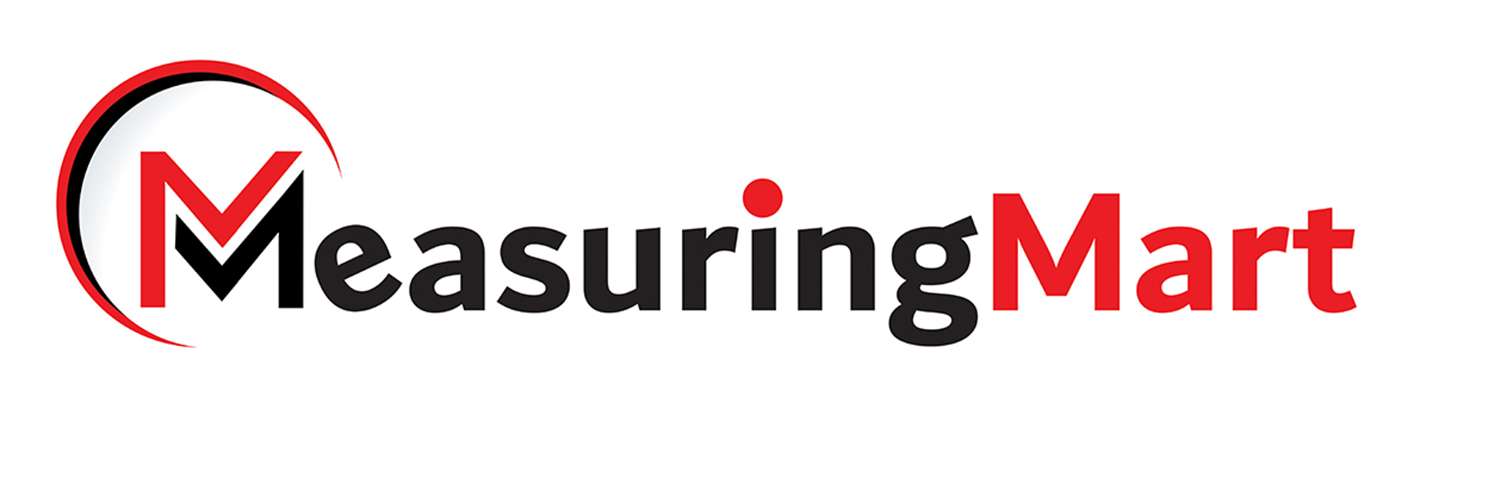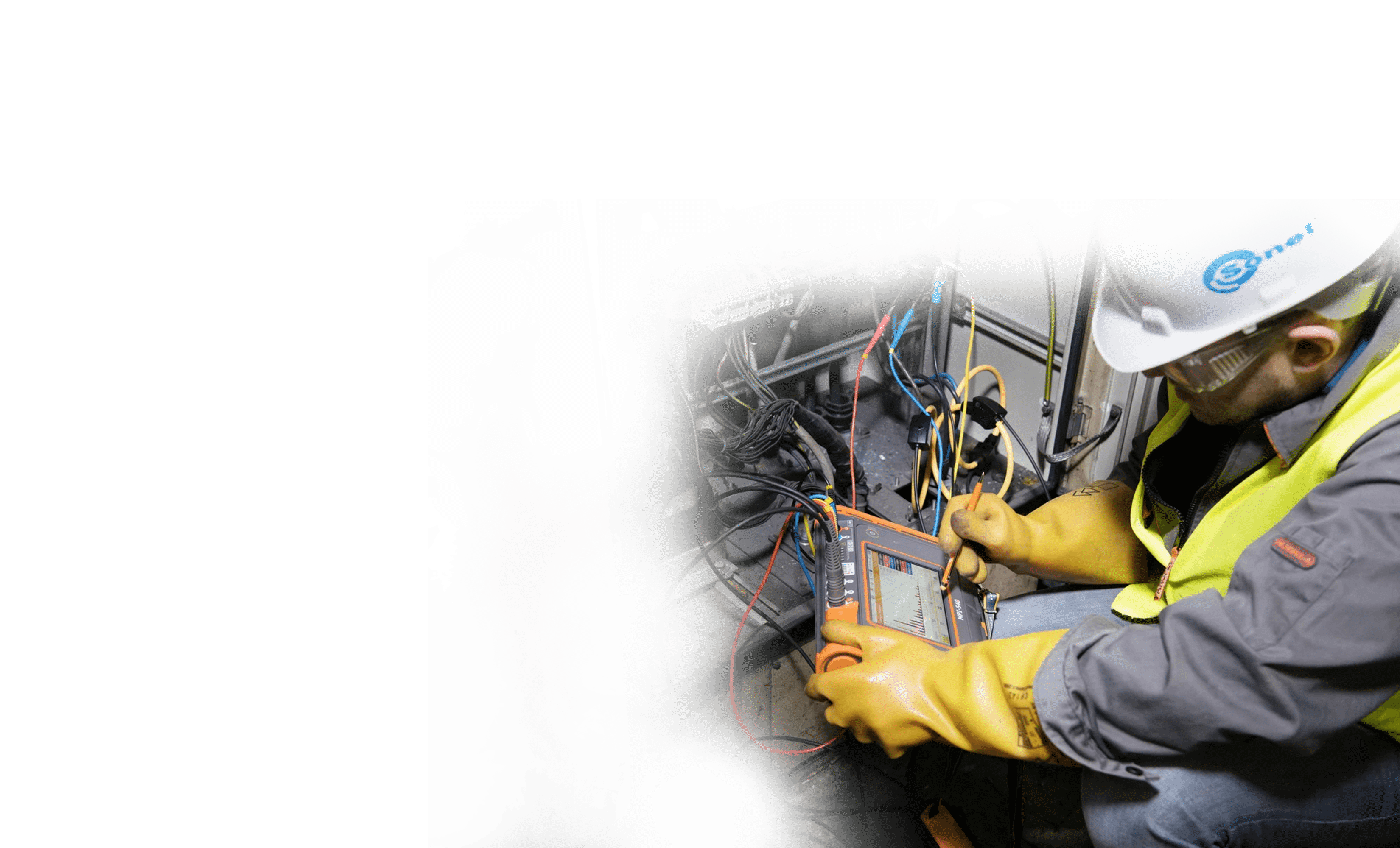Rubber & Glass Industries
Digital glass production of the future
The glass industry is being altered by digitalization in the same manner that it was once transformed by electrification and automation. Digitalization solutions across the entire value chain are now the most important lever in glass manufacture for fully leveraging potential. Digital Enterprise is Siemens’ entire portfolio for digital transformation, with solutions tailored to the glass industry’s specific needs. Learn how Siemens’ innovative solutions can help plant operators and equipment suppliers in the glass sector become more efficient, flexible, and speedier, resulting in considerable productivity gains.

Rubber Industry Overview
- The rubber industry involves the processing of natural and synthetic rubber to produce various products.
- Natural rubber is derived from latex obtained from rubber trees, while synthetic rubber is produced through chemical processes.
- Source: Derived from the latex sap of rubber trees, primarily found in tropical regions like Southeast Asia.
- Harvesting: The latex is collected through a process called tapping, where the tree bark is carefully sliced.


Processing and Manufacturing
- Mixing: Raw rubber is mixed with various additives like sulfur, carbon black, and accelerators.
- Vulcanization: The process of heating the rubber to improve its elasticity and strength.
- End Products: Tires, belts, hoses, footwear, seals, gloves.
- Sustainability: Concerns regarding deforestation for rubber plantations.
- Price Fluctuations: Dependency on commodity prices for raw materials.
Glass Industry
Raw Materials:
Silica: The primary component derived from sand.
Soda Ash and Limestone: Used as flux to lower the melting point of silica.
Manufacturing Process:
Melting: Raw materials are melted in a furnace at high temperatures.
Forming: The molten glass is shaped using various techniques like blowing, rolling, or pressing.
Annealing: Slow cooling to relieve internal stresses and increase durability.
Applications
Tires and Automotive Components
- The largest consumer of rubber is the production of tires for automobiles, trucks, motorcycles, and bicycles.
- Automotive components such as gaskets, seals, hoses, and belts are made from rubber.
Our expertise in the field
Overall, expertise in the tires and automotive components sector requires a combination of technical knowledge, engineering skills, innovation, and a keen awareness of market dynamics and customer expectations.
Industrial Products
- Rubber is used in the manufacturing of various industrial products, including conveyor belts, hoses, gaskets, and seals.
- It provides resistance to abrasion, chemicals, and extreme temperatures in industrial settings.
Our expertise in the field
Expertise in industrial products requires a multidisciplinary approach, combining technical knowledge with a focus on quality, innovation, and a deep understanding of the specific needs and challenges within various industrial sectors.
Medical Products
Rubber gloves and other medical equipment are essential in healthcare settings, providing a barrier against contamination.
Our expertise in the field
The crucial metrics colour and turbidity must be continuously monitored in order to ensure the success of each of these applications and procedures. Endress+Hauser provides a broad selection of optical sensors tailored to the needs of each individual application.







